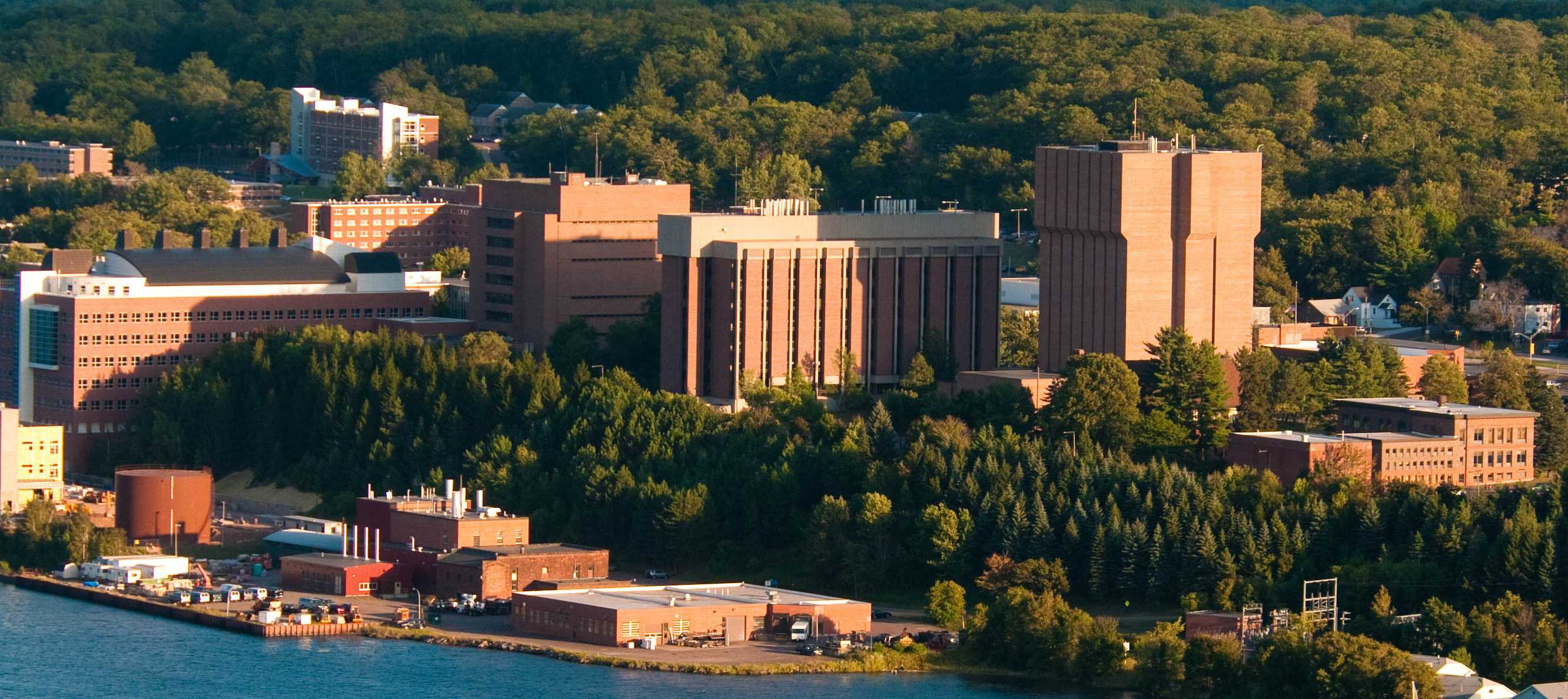With Winter Carnival just around the corner, it is worthwhile to look back on the history of Michigan Technological University.
Michigan Tech has come a long way since its start in 1885 as a mining college started by the state of Michigan with the intention to improve the local copper mines. Originally, it was called the Michigan Mining School due to its initial goal and had a student body of 23 students being taught by four staff members. It was so small that the first classes were held on the second floor and in the basement of the Houghton Fire Hall, which is at the corner of Huron Street and Montezuma Avenue. This historic site was MMS’s home until 1889 when it came time to move to the current campus, whose land was donated by a politician named Jay Hubbell. Around the turn of the century, the school changed its name to the Michigan College of Mines as it grew into its new campus.
Once the university was established in its current home, it slowly expanded until programs were introduced for new majors in the 1920s. These majors centered around forestry and other fields of engineering, such as chemical, electrical, civil, and mechanical due to the decline in the local mining industry. It was also around this time that the MCM changed its name to the Michigan College of Mining and Technology to reflect the changing times and the focus on the new programs. A staple of Michigan Tech’s culture was created in 1922. Student Org put on a one night program called “Ice Carnival.” This show hosted skating competitions, bands and circus acts with students in animal costumes; which was the first celebration of what would eventually become “Winter Carnival.”
Expansion of the college continued to slowly build for years, though enrollment dipped due to World War II. It was after the war that the college began to build momentum, with Wadsworth Residence Hall and Daniell Heights being built to handle new veteran students and newly constructed facilities such as Fisher Hall and a new library to help teach them. The school expanded with a new branch in Sault Ste. Marie, which would eventually become Lake Superior State University.
In the mid-1960s, when the mining programs catered to less than one hundred students out of what had become thousands of students university-wide, the school arrived at its contemporary name: Michigan Technological University.
After the name change, programs began to expand even more rapidly. New, more specialized majors, such as bioengineering, water resources, forest engineering, computer science, industrial engineering, and numerous others. With these new majors soon came large buildings to house them, where everything from the MEEM to the SDC was built. Beyond that, in the 60s, the various majors prompted the university to divide into schools, such as the College of Sciences and Arts and the School of Technology.
Expansion began to wane as state assistance did, with the occasional spur from private donations. It wasn’t until the early 2000’s that the Rozsa Center was finished and the building of Rekhi Hall, Hillside Place, Advanced Technology Development Center and Opie Library was started. This coincided with renovations to Wadsworth and Fisher buildings. Enrollment has continued to increase to where we are today with well over 7,000 students.
It has taken a lot of hard work, commitment, and struggle to get Michigan Tech to the place that it is today, highly ranked and seen as a rather prestigious school to get into. The face of MTU continues to change and adapt to the needs of the students, but traditions and celebration of Husky pride stay the same.


